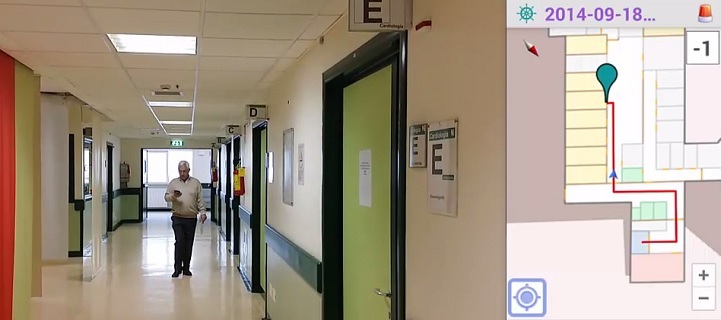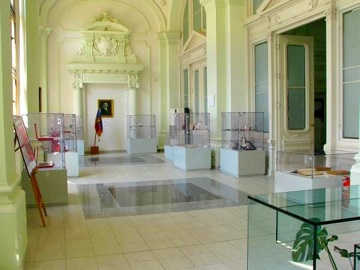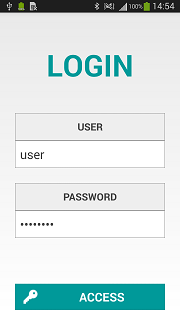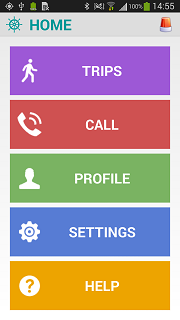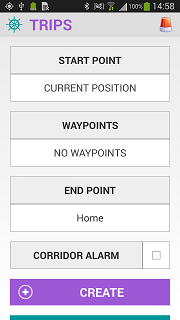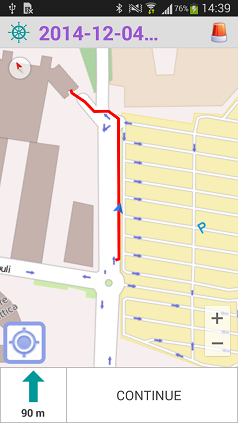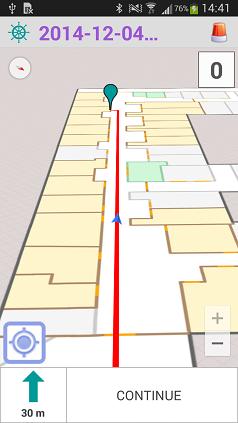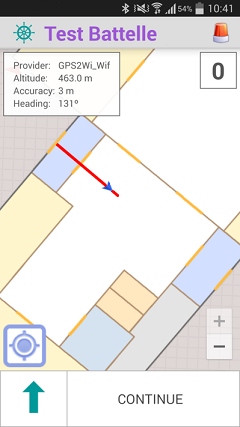Virgilius
 |
2012-2014. A guide for indoor places, like museums or hospitals, that is specifically adapted for seniors. |

Virgilius is an international AAL research project whose aim is to increase independency and mobility of seniors through the use of location services, encouraging them to continue living actively and independently. By taking advantage of the latest technological advances in mobile devices, the project provides continuous support in the seniors' daily life. One of the main reasons why seniors usually do not go out is because they have the fear of being lost and therefore that they will not be able to reach their destination or go back home safely. Consequently a strong focus is placed on increasing their autonomy and security outside of their homes with the help of specially adapted navigation tools. This allows them to easily orient themselves in environments that might otherwise be perceived as too challenging, such as hospitals and museums. Ultimately, the result is an increase in the seniors' sense of confidence, safety and well-being. The system was tested in Perugia's hospital (Italy) and in the National Philatelic Museum of Bucharest (Romania).
Mobile application
The application running on mobile devices is able to calculate a route and guide users through the most appropriate path to reach their destination. In order to accomplish this, the navigation system takes into account different life situations, the users' needs and other requirements depending on their mobility capabilities to adapt the experience to the context. The mobile application also provides real time support that allows relatives and caregivers to take action in case of emergencies.
TaM participated with its expertise on indoor positioning and navigation, expanding our GPM module's functionality to encompass more positioning possibilities. Specifically, we combined the use of GPS, Wi-Fi and Bluetooth for the mobile application's functionality. The methods chosen do not require new hardware, as existing smartphones and tablets already include the necessary technologies. TaM is also responsible for dissemination, in which TaM has a broad experience, thanks to numerous and ongoing collaborations with industry partners.
Innovations
Positioning
In the context of the Virgilius project two indoors technologies were used. At the National Philatelic Museum of Bucharest the Wi-Fi access points of the building were used, while at the Hospital of Perugia Bluetooth Low Energy (BLE) beacons were deployed.
Automatic provider switching
Both indoor positioning technologies (Wi-Fi and BLE) were linked to a module that automatically switches between indoor and outdoor positioning providers. Thus, a user walking outdoors will be positioned by GPS, while when he enters a building an automatic switch to the respective technology will occur, in a way that is transparent to the user.
Enhanced accuracy of indoor positioning

The developed Bluetooth positioning method provides accurate positioning, having an average accuracy of 2 meters. The way the system is deployed can define the area inside which position estimations can be returned. This bounded position estimation is a feature that significantly facilitates the navigation calculation. The innovations of the Bluetooth positioning algorithm are presented in detail in this paper.
Robust floor switching
Indoor positioning may refer to a 2D estimation of latitude and longitude. In case of several floors, the third dimension of altitude should be introduced. The desired information for a user though, is a 2D position plus the floor. To deal with this issue, a module that provides floor estimation and robust floor switching was designed. In this way, we handle situations where a user walking on the staircase receives position estimations that jump alternatively between two consecutive floors.
